Animals | September 23, 2023 11:17 AM | Alisa
Revealing the Masterful Mountain Predators: Adept Hunters of the Elusive Mountain Goats
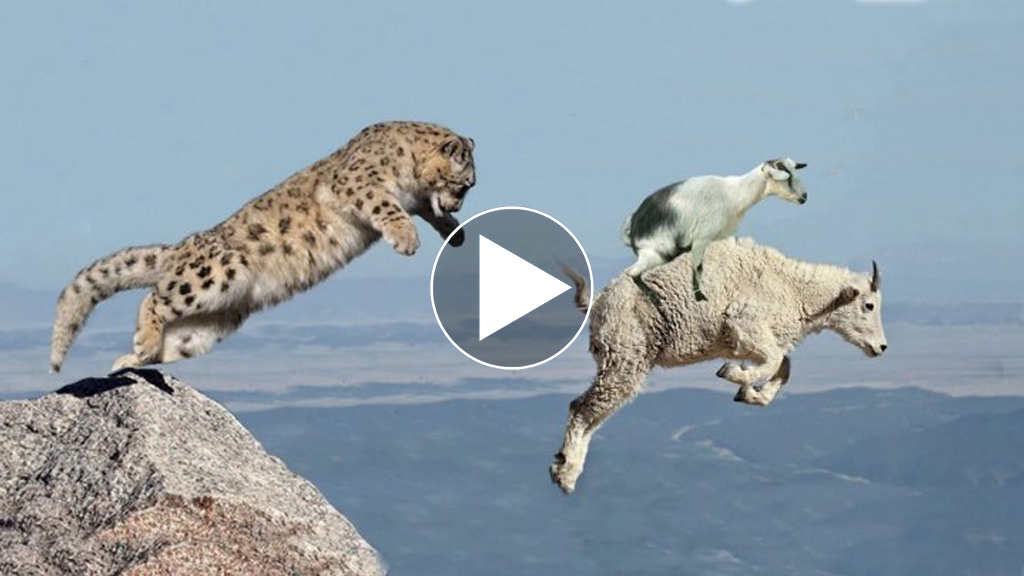
In the rugged expanse of mountainous landscapes, a captivating revelation comes to light: the presence of two remarkable predators, finely tuned to the art of hunting mountain goats. These adept hunters, whose prowess is finely honed by their natural habitat, embody the delicate balance between survival and the unrelenting pursuit of prey.
The unforgiving terrain and the elusive nature of mountain goats have forged these predators into masters of their craft. With unwavering focus and a keen understanding of their environment, they navigate steep inclines, treacherous slopes, and rocky crags in search of their agile quarry.
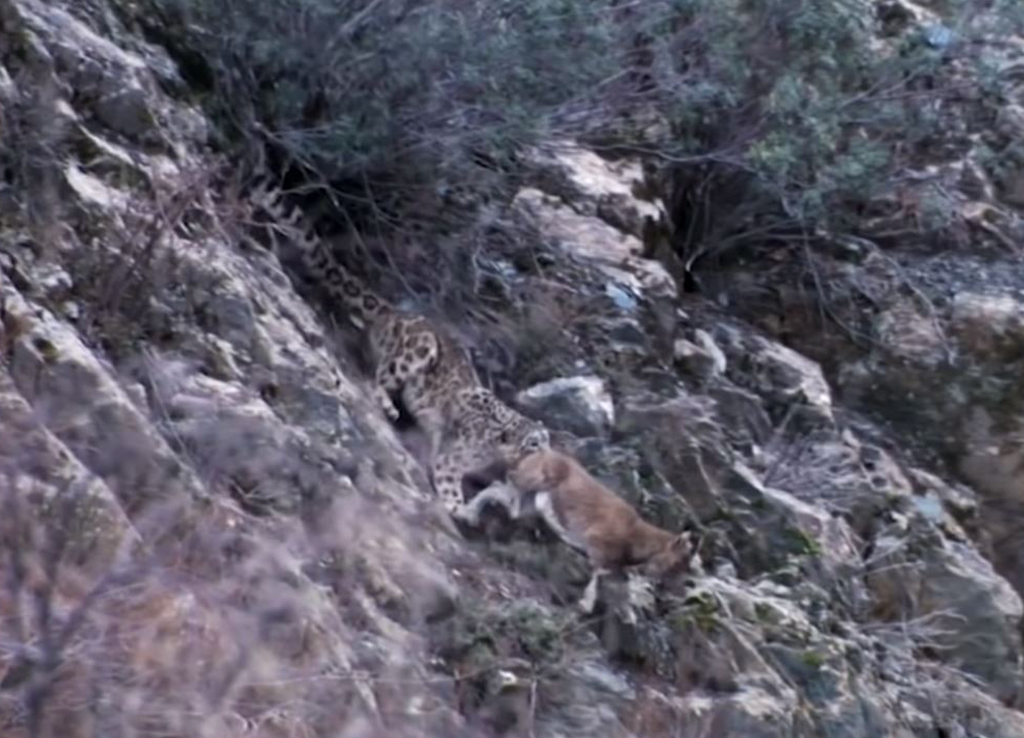
One of these predators is the elusive snow leopard, a creature of striking beauty and stealth. Its spotted coat serves as the perfect camouflage against the rocky surroundings, allowing it to approach its prey undetected. With unparalleled agility and patience, the snow leopard waits for the opportune moment to strike, relying on its powerful legs and sharp claws to close in on mountain goats with astonishing precision.
The other protagonist in this tale of survival is the cunning golden eagle. Possessing unparalleled eyesight and unmatched aerial prowess, the eagle soars high above the mountains, spotting potential prey from great distances. Its lethal talons and formidable beak become instruments of precision as it dives with remarkable speed, snatching unsuspecting mountain goats from their rocky sanctuaries.
Both the snow leopard and the golden eagle embody the essence of adaptation and specialization, evolving to excel in their unforgiving habitat. Their roles in the intricate web of life reflect the beauty of nature’s intricate design, where survival hinges on both individual prowess and a finely tuned ecosystem.
In this harsh realm of towering peaks and unfathomable depths, the delicate dance between predator and prey continues, a testament to the resilience and splendor of the natural world. The story of these dual predators and their relentless pursuit of mountain goats paints a vivid picture of the primal struggles and the breathtaking beauty that define life in the mountains.
Elegant creatures🦌🦌
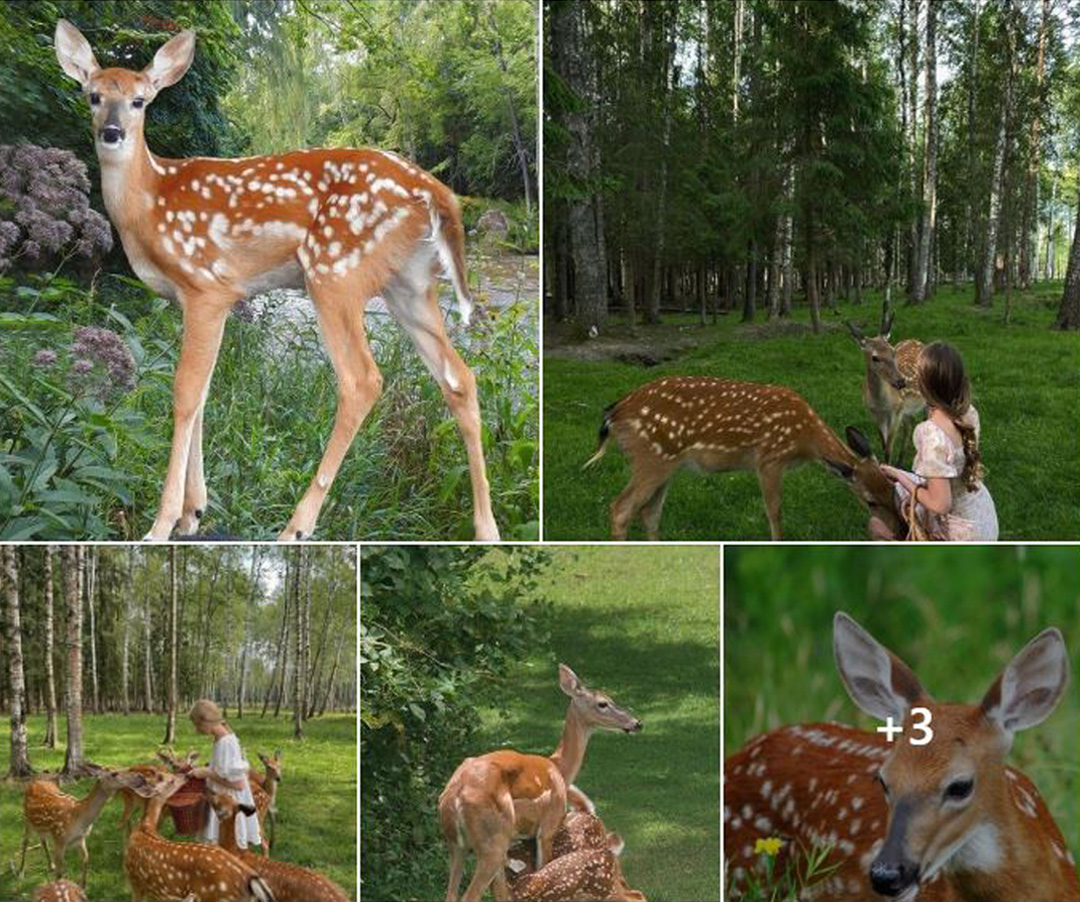
These photographs touch one at the core of our Being. Beautiful, elegant and Tender -hearted Deer, in Communion with a loving Humane Human Being. Oh for a Day when this will be a Reality, for All Human Beings.
Great pictures! ❤️👍😊
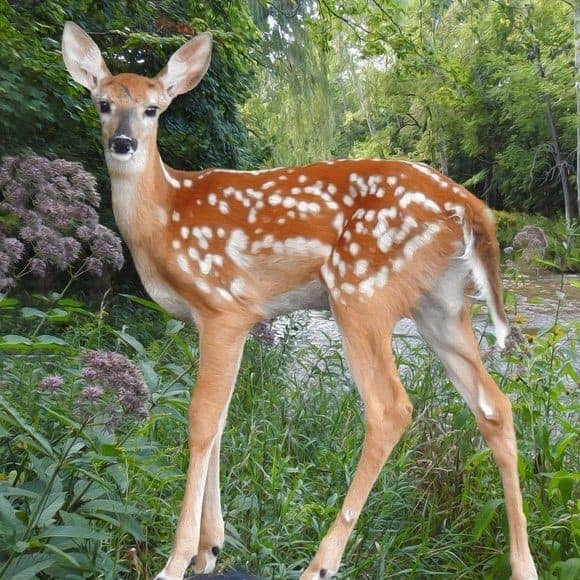
So pretty 💕
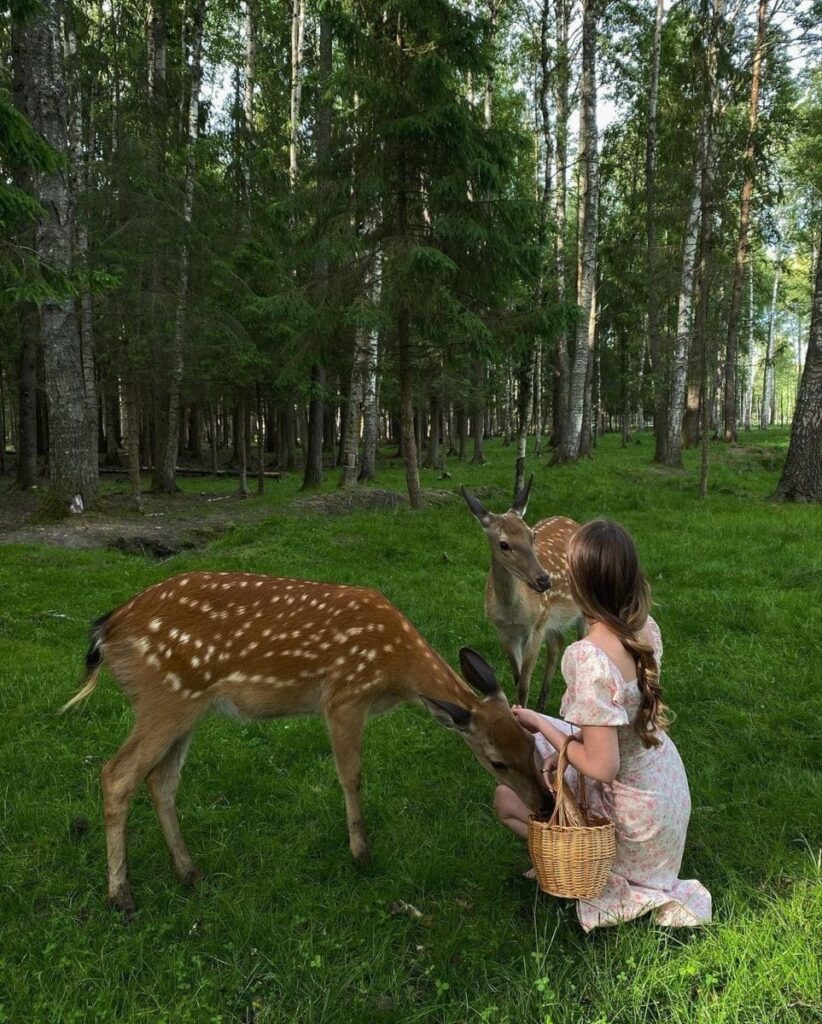
Absolutely precious!
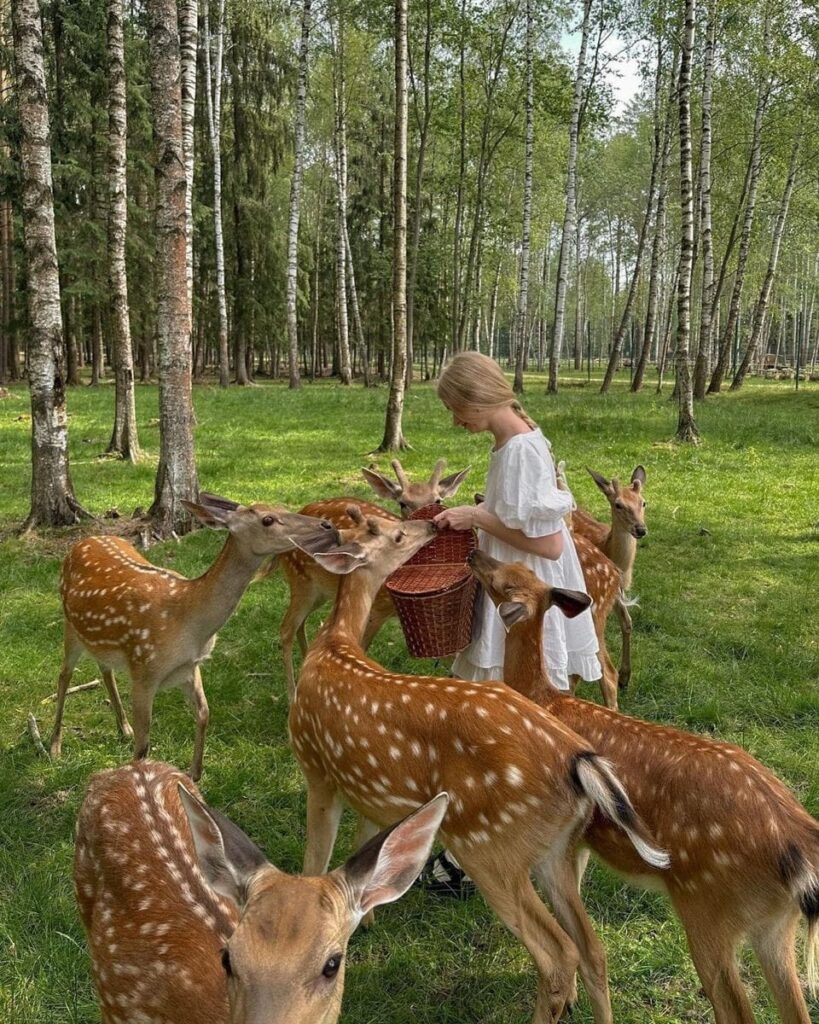
Gorgeous ❤️❤️
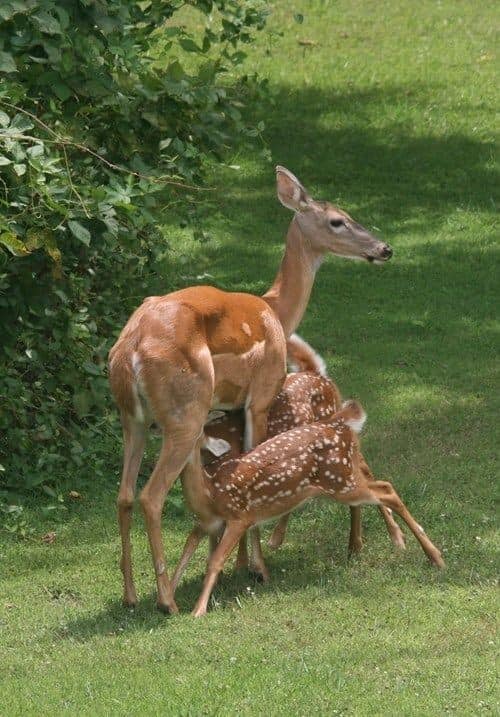
So adorable! ❤️
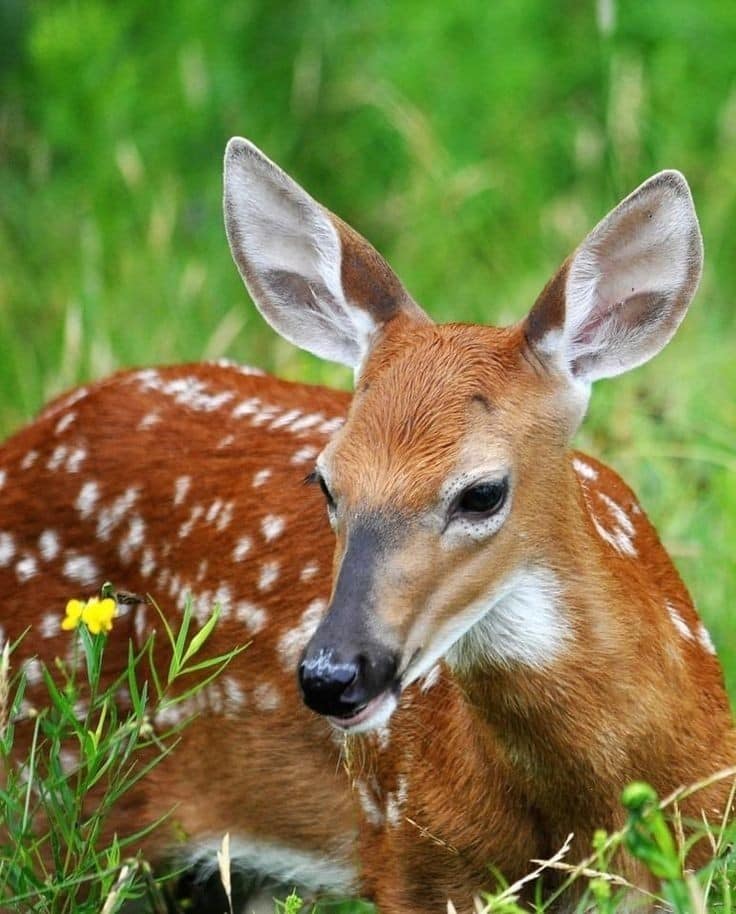
Amazingly tender &🦌beautiful!
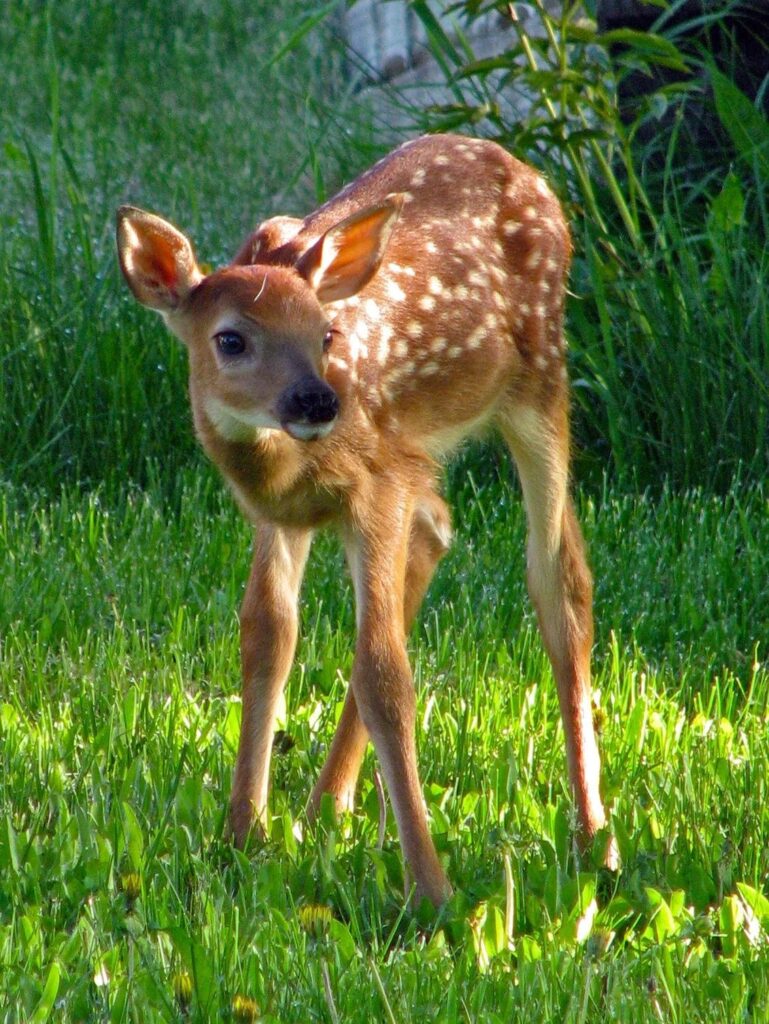
Thank you for these extremely precious moments which reflect Living in Beauty and Harmony. Bless you all who participated in this sacred moment. 🙏
Golden eagle attack. A chamois fall hard from a cliff
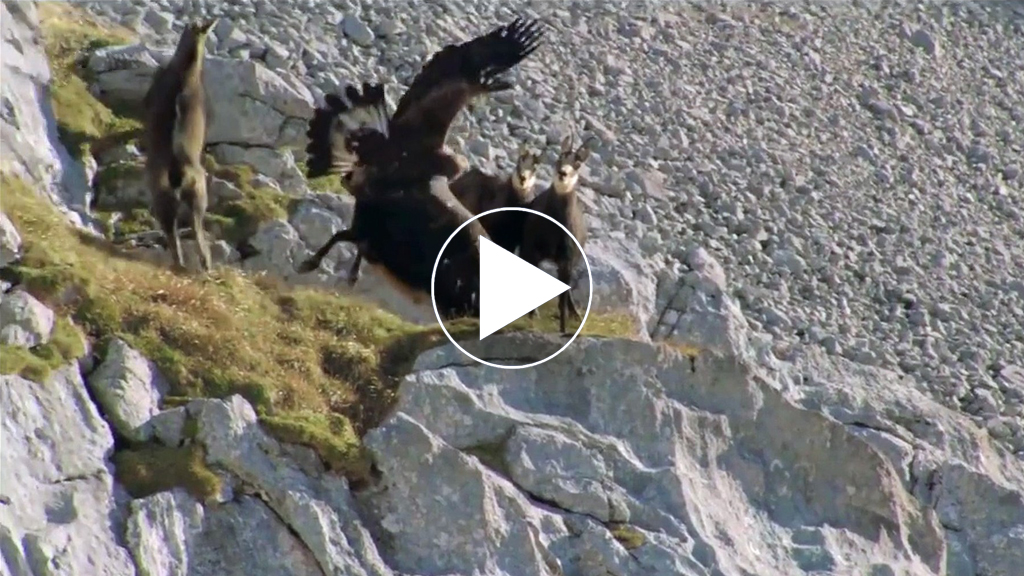
A golden eagle hunts a chamois under the watchful gaze of a snow leopard.
The golden eagle (lat. Aquila chrysaetos) is one of the most famous birds of prey of the hawk family, the largest eagle. The golden eagle has the status of a rare species in the Red Book of Russia. Distributed in the Northern Hemisphere, where it lives mainly in the mountains, and to a lesser extent in flat open and semi-open landscapes. Avoids residential areas and is sensitive to human disturbance.
In most of the range they live sedentary, keeping in pairs near the nest; on the northern periphery of the distribution area and highlands, some birds migrate to less snowy areas. Hunts a wide variety of game, most often hares, rodents and many species of birds. Sometimes attacks sheep, calves and baby deer.
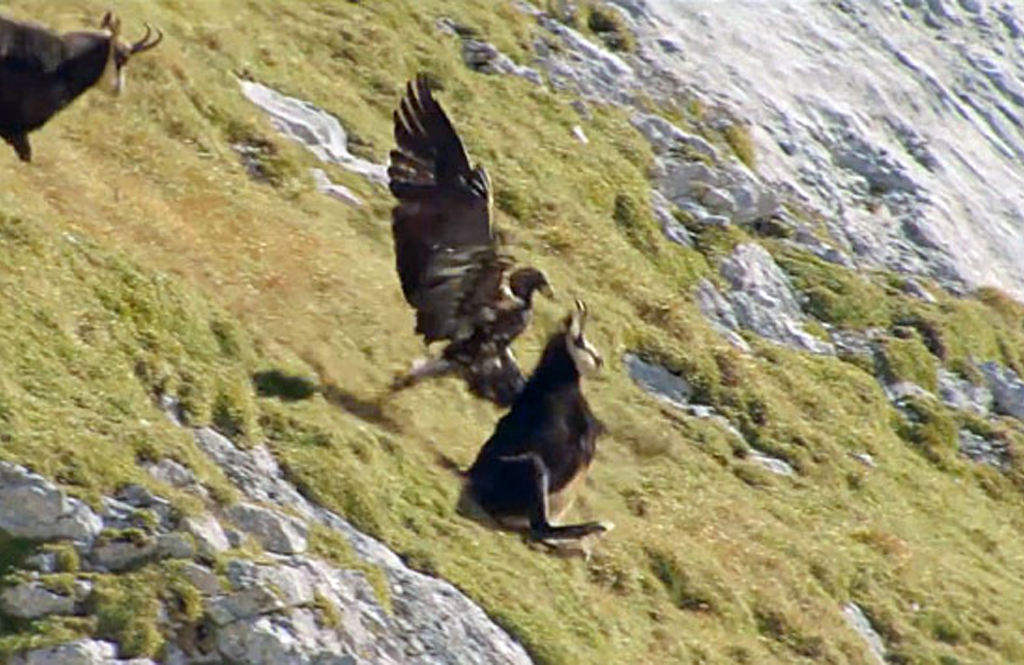
The nest is made in a tree or on a hard-to-reach rocky ledge. There are usually two eggs in a clutch, but most often only one chick survives. In Central Asia, the golden eagle is used for commercial hunting of foxes, hares, and sometimes wolves and goitered gazelles.
Over the past centuries, the golden eagle has disappeared from many areas where it previously lived – the reasons for this were mass extermination, the use of pesticides, urbanization and the change of land for economic needs. Currently, the golden eagle, like most other European raptors, is protected by state legislation and intergovernmental agreements.
A very large and strong eagle – body length 76-93 cm, wingspan 180-240 cm. Females are much larger than males, their weight varies from 3.8 to 6.7 kg, while for males from 2.8 up to 4.6 kg. The beak is typically eagle-like: high and laterally compressed, hook-shaped and bent downwards.
The feathers on the neck are somewhat elongated – a feature also found in the Imperial Eagle. The wings are long and wide, somewhat narrowed at the base and at the hind finger, so that when soaring, the rear edge of the wing looks curved in the shape of the Latin Letter S; this characteristic feature is most pronounced in young birds.
The tail is slightly rounded and longer than other typical eagles. In relation to the width of the wing, it is more close to hawk eagles, in particular to the dwarf eagle, but unlike it, it is wide and open like a fan in flight. When soaring, the bird spreads its front flight feathers in a finger-like manner.
Write a Reply or Comment